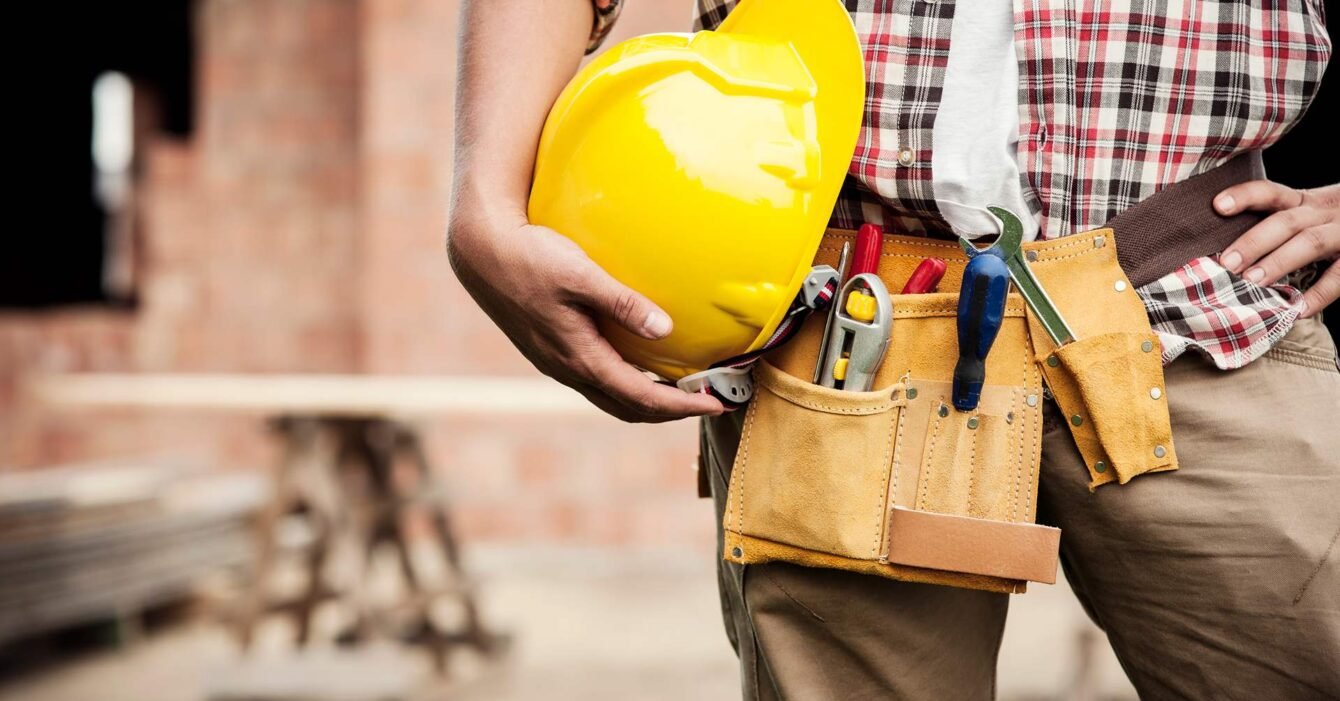Enhancing Safety Standards in Saudi Arabia’s Construction Industry
Saudi Arabia’s construction industry is a vital component of its Vision 2030 agenda, which seeks to diversify the economy and develop robust infrastructure. As the industry grows, ensuring high Construction Safety Standards is crucial to protect workers, minimize accidents, and promote a culture of safety.
The Importance of Construction Safety Standards
Implementing stringent construction safety standards is essential for several reasons:
- Worker Protection: The primary goal of safety standards is to protect workers from accidents and injuries. By following best practices, construction companies can ensure a safer working environment.
- Regulatory Compliance: Adhering to safety standards helps companies comply with local and international regulations, avoiding legal penalties and enhancing their reputation.
- Operational Efficiency: A safe work environment reduces the likelihood of accidents, which can cause project delays and increase costs. Efficient safety protocols can lead to smoother operations and timely project completion.
- Reputation and Trust: Companies known for high safety standards attract skilled workers and gain the trust of clients and investors, which is vital for long-term success.
Key Elements of Effective Construction Safety Standards
- Training and Education: Providing comprehensive training programs for all employees is crucial. Workers should be educated about potential hazards, proper use of equipment, and emergency procedures. Regular safety drills and continuous education programs ensure that safety remains a priority.
- Personal Protective Equipment (PPE): Ensuring that all workers have access to and properly use PPE is fundamental. This includes helmets, gloves, safety glasses, high-visibility clothing, and fall protection equipment.
- Risk Assessment and Management: Conducting regular risk assessments helps identify potential hazards and implement preventive measures. A thorough risk management plan should be in place, detailing steps to mitigate risks and respond to emergencies.
- Site Inspections and Audits: Regular site inspections and safety audits help maintain high safety standards. These inspections should be conducted by qualified safety officers who can identify hazards and recommend corrective actions.
- Safety Culture: Promoting a culture of safety within the organization is essential. This involves encouraging open communication about safety concerns, rewarding safe behavior, and making safety a core company value.
Challenges in Implementing Construction Safety Standards
While the benefits of high construction safety standards are clear, there are challenges in implementation:
- Cost: Initial investments in safety training, PPE, and safety equipment can be high. However, these costs are outweighed by the long-term benefits of reduced accidents and improved productivity.
- Resistance to Change: Some workers and managers may resist changes to established practices. Overcoming this resistance requires strong leadership and clear communication about the importance of safety.
- Compliance and Monitoring: Ensuring consistent compliance with safety standards can be challenging, especially on large and complex construction sites. Regular monitoring and enforcement are necessary to maintain high safety standards.
Success Stories and Future Outlook
![]()
Several construction projects in Saudi Arabia have set benchmarks for safety standards. For example, the construction of the King Abdullah Financial District (KAFD) implemented rigorous safety protocols, resulting in a significant reduction in accidents.
Looking ahead, the Saudi government is increasingly focusing on enhancing construction safety standards through regulations, incentives, and awareness campaigns. As the industry continues to grow, maintaining high safety standards will be critical for the successful realization of Vision 2030.



